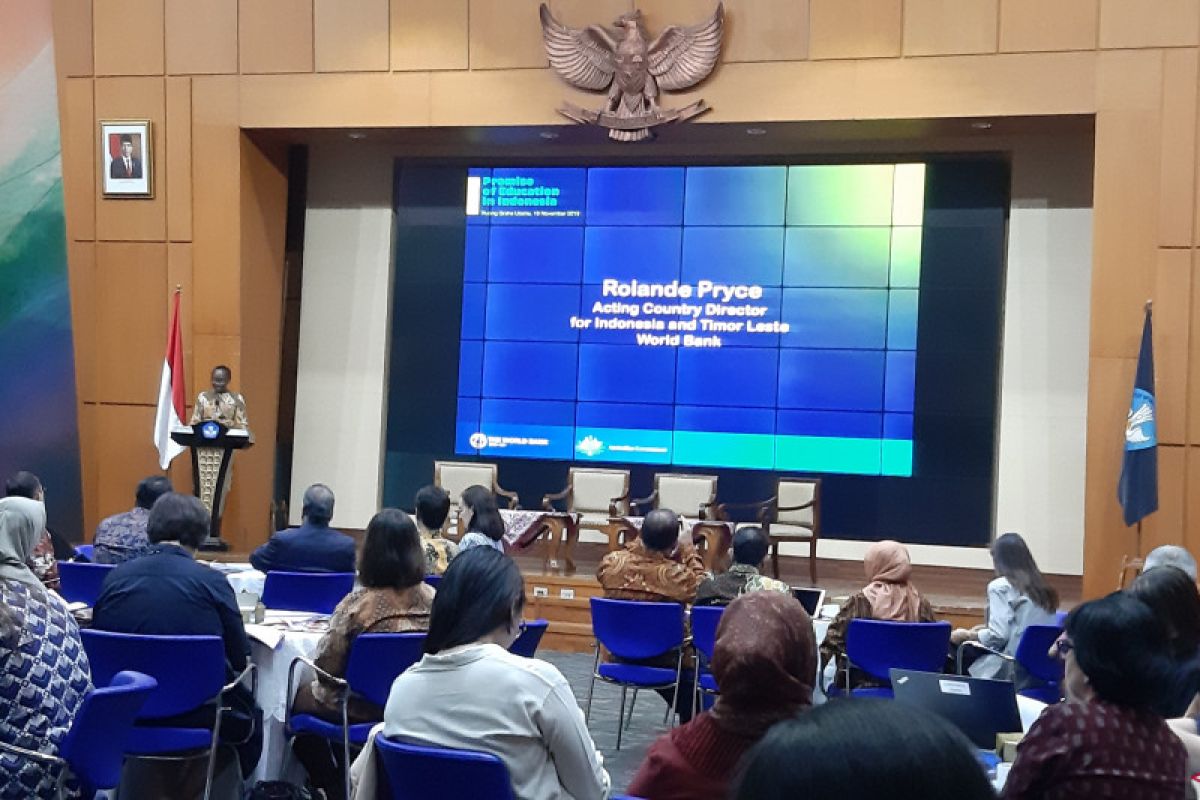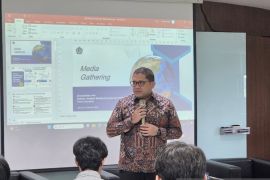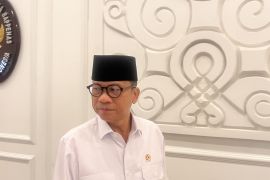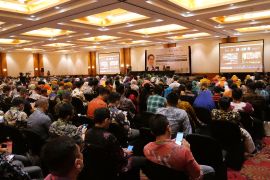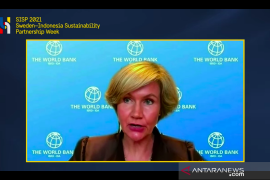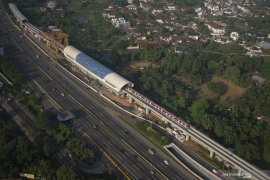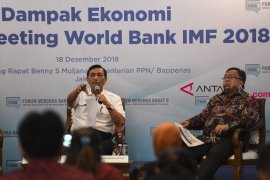"Even now, several children do not learn basic skills at school," WB Managing Director for Indonesia and Timor Leste Rolande Pryce stated during her visit to the Education and Culture Ministry in Jakarta on Tuesday.
The statement was based on their latest research data in 2011 that indicated 53 percent of all children in low- and middle-income nations experienced learning poverty.
In poor countries, the level of learning poverty touched as high as 80 percent. Based on the data, Indonesia is included since over one-third of its children experience learning poverty.
Progress achieved in lowering poverty learning is too slow, chiefly to meet the aspirations outlined in the Sustainable Development Goal 4 (SDG 4), specifically ascertaining inclusive and equitable quality education and promoting lifelong learning opportunities for all.
In tune with the Human Capital Project, the WB has launched a measurable global target to lower the learning poverty rate to 26 percent by 2030, which means the reduction in the average rate of learning poverty is almost three times the rate of global progress.
He pointed to the progress achieved by Indonesia in the field of education in the form of policy reforms that have dramatically increased access to education in Indonesia's large and complex education system, particularly for disadvantaged children.
Since 2000, the total number of students has increased by over 10 million, or some 25 percent.
The increase in the number of students was accompanied by the highest increase in average scores of mathematics in the Program for International Student Assessment (PISA) between 2003 and 2015.
"This is a great achievement," Pryce stated.
Nonetheless, in spite of such progress, student learning remains low, and the gap in learning outcomes increases.
Most students did not achieve Indonesia's national education targets that were set out and also underperformed in comparison with their counterparts from neighboring nations.
In 2018, the average score of the national student exam in all subjects and for all types of schools for junior high school was recorded at 49.5 (on a scale of 100), whereas the passing score is 55. Related news: National examination to improve learning process
Related news: Indonesia, South Australia formalize Indonesian learning cooperation
EDITED BY INE
Translator: Katriana, Azis Kurmala
Editor: Suharto
Copyright © ANTARA 2019
